Submitted by Aspergillus Administrator on 5 January 2012
| Duck lung infected with aspergillosis |
An article in Veterinary Practice News reviews the protocols one veterinary practice uses to treat several respiratory infections including aspergillosis. The authors state:
“”It is one of the toughest avian diseases to diagnose and successfully treat,” Vaughan said. “Since fungal organisms grow very slowly, usually by the time a bird has clinical symptoms, in most cases the disease is in an advanced stage, so you’re working from a disadvantaged position.”An aspergillosis infection can go for months to years without detection, and suddenly a bird will present with dyspnea, tachypnea and open-mouthed breathing.”
In terms of recognising the infection they mention research and improvements in diagnostic techniques:
“In order to successfully treat aspergillosis, early diagnosis is essential, said avian researcher Robert Dahlhausen, DVM, M.S., owner of Veterinary Molecular Diagnostics in Milford, Ohio.This past year he and his colleagues developed two PCR tests for aspergillosis: a general DNA probe that picks up any species in the aspergillus genus, and a second test that is specific forAspergillus fumigatus—the species that accounts for the majority of Aspergillus infections in companion birds today.So far, “It appears these new tests are a big improvement over the tests that were available in the past, in that they are much more reliable at confirming positive infections,” Dr. Dahlhausen said. “With the assays that we’ve had available to date, you could have birds infected and still get negative test results for them off the assays, and it was a challenge to confirm the diagnosis.””
With regard to treatment Dahlhausen recommends combionation therapy involving several antifungal drugs, some more obvious than others:
“Researchers have also been developing some new combination therapy protocols that have proved very successful in treating Aspergillus infections, Dahlhausen said. Traditionally, the drug of choice has been itraconazole, but many veterinarians are now using a combination of antifungals.In addition to itraconazole, the drug arsenal may include amphoteracin, terbinifine (Lamisil), diflucane and glucanozole, according to Dahlhausen.”
Methods of application are also discussed:
“Often these drugs are administered by nebulization. Treatment may last anywhere from a few weeks to several months. “Exactly which drugs we use depends on the bird,” Dahlhausen said. “African greys in particular tend to be very sensitive to itraconazole and can suffer from liver toxicity if they get too strong a dose.”Lately, he said, he has been relying more on Lamisil for treatment. “In some very deep-seededAspergillus infections, Lamisil is often effective when other, more standard therapies aren’t,” Dahlhausen said.“Lamisil has a very good absorption when given orally and is very good at penetrating these granulomas. Also, it’s a fungicidal medication, so it actually kills the fungal organism, whereas some of these other drugs might not.””
Typical course of treatment:
“In his practice, Dahlhausen uses itraconazole initially for five to six days along with Lamisil and then continues with just the Lamisil for the rest of the treatment period.“Lamisil is a very safe drug, so it’s great for long-term therapy,” Dahlhausen said.”
Prognosis:
“While aspergillosis is a very serious disease, “The success rate for treating aspergillosis is improving greatly,” Dahlhausen said.“In the past, aspergillosis was a death sentence, and the majority of birds wouldn’t make it. But when I look back over the last several years in our practice, we were able to successfully treat the majority of birds that we saw with aspergillosis.“The keys are early diagnosis and an effective long-term treatment in combination therapy.””
News archives
-
Title
Date


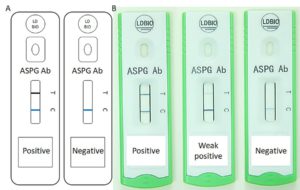

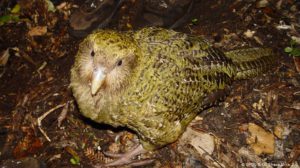
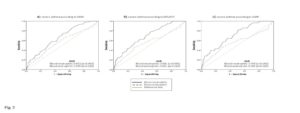
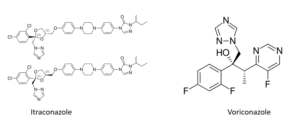
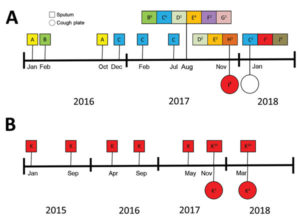
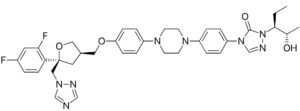
![Gulu referral hospital[2] Gulu referral hospital[2]](https://www.aspergillus.org.uk/wp-content/uploads/2019/03/Gulu-referral-hospital2_0-232x300.png)